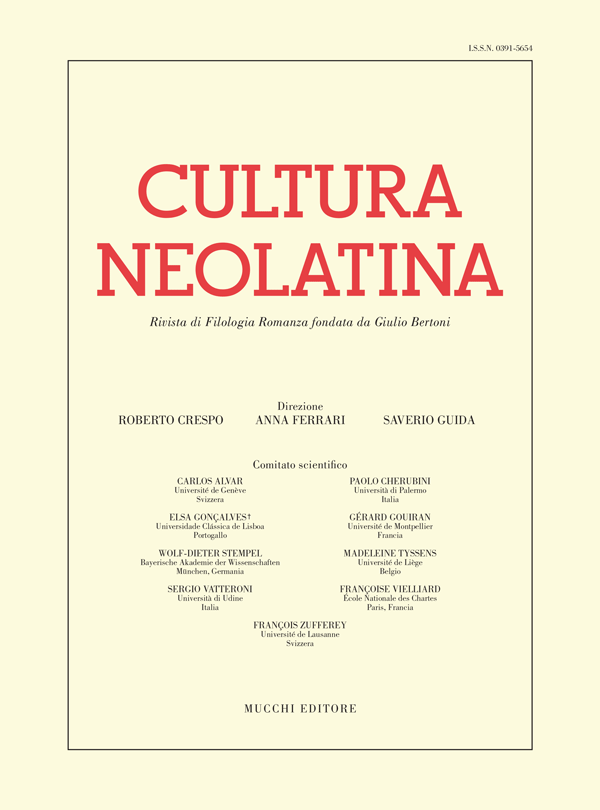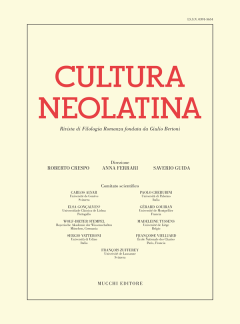L’articolo mette a fuoco una singolare tranche narrativa del Chronicon dell’abbazia di San Clemente a Casauria (Abruzzo, XII sec. ex.). Oggetto della narrazione è la cattura del feroce guerriero normanno Hugues Maumouzet, sedotto con la promessa ingannevole di un convegno amoroso da una giovane donna aristocratica e imprigionato dal fratello di lei. Il testo si distingue in modo significativo dall’andamento disadorno delle cronache monastiche e si presenta come una vera e propria espansione narrativa, stilisticamente e strutturalmente affine ai generi del racconto breve. Accanto al modello scritturale di Giuditta e Oloferne (Gdt 3, 1-9), – un’allusione meno ovvia di quanto si potrebbe pensare – esso mostra di recepire, grazie al medium della presenza normanna in Abruzzo, elementi della nascente letteratura cortese d’oltralpe, in un secolo di svolta come è appunto il XII, testimoniando una grande vivacità nella circolazione di testi e di idee in zone anche molto lontane fra loro.
The article focuses on a remarkable narrative tranche of the Chronicon of San Clemente Abbey in Casauria (Abruzzo, late 12th c.). The subject of the narrative is the capture of the fierce Norman warrior Hugues Maumouzet, seduced by the deceptive promise of an amorous encounter by a young noblewoman and then imprisoned by her brother. The text differs significantly from the unadorned prose of the monastic chronicles and takes the form of a proper narrative expansion, stylistically and structurally similar to the short-story genre. Alongside the scriptural model of Judith and Holofernes (Gdt 3, 1-9) – subtle and far from conventional – it proves to be sensitive (thanks to the medium of Norman presence in Abruzzo) to the rising courtly literature from across the Alps, in a turning point period as the 12th century, testifying a great vitality in the circulation of texts and ideas in areas even very distant from each other.


